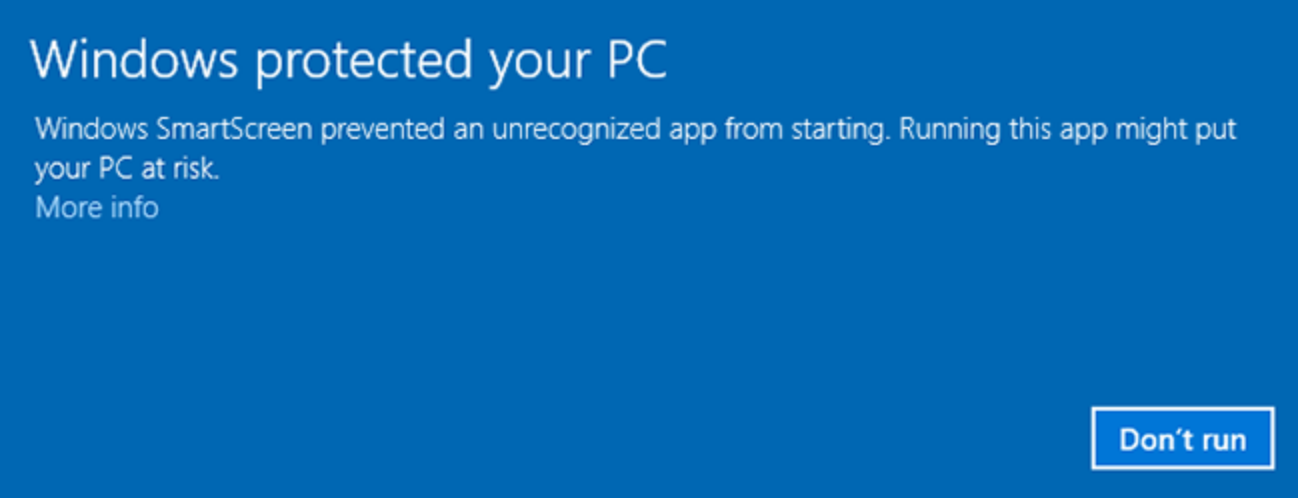
This allows you to repair the operating system without losing data. Even for serious problems, rather than reinstalling Windows, you are better off repairing of your installation or, for Windows 8 and later versions, executing the 7DISM.exe /Online /Cleanup-image /Restorehealth command. Use the 6resmon command to identify the processes that are causing your problem. Should you experience an actual problem, try to recall the last thing you did, or the last thing you installed before the problem appeared for the first time. Always remember to perform periodic backups, or at least to set restore points. This means running a scan for malware, cleaning your hard drive using 1cleanmgr and 2sfc /scannow, 3uninstalling programs that you no longer need, checking for Autostart programs (using 4msconfig) and enabling Windows' 5Automatic Update. Therefore the technical security rating is 24% dangerous but you should also compare this rating with the user reviews.īest practices for resolving CCleaner issuesĪ clean and tidy computer is the key requirement for avoiding problems with CCleaner. The application starts when Windows starts (see Registry key: Run, TaskScheduler, DEFAULT\Run, MACHINE\Run).ĬCleaner.exe is able to record keyboard and mouse inputs and monitor applications. The file is certified by a trustworthy company. Known file sizes on Windows 10/8/7/XP are 13,179,660 bytes (30% of all occurrences), 5,489,944 bytes and 72 more variants.ĬCleaner.exe is not a Windows system file.

CCleaner.exe is located in a subfolder of "C:\Program Files (x86)" or sometimes in a subfolder of C:\ or in a subfolder of the user's profile folder or in the "C:\Program Files" folder-typically C:\Program Files (x86)\CCleaner\. The process known as CCleaner or ccleaner belongs to software CCleaner or M圜leaner by Piriform (or Piriform Software or .ĭescription: CCleaner.exe is not essential for the Windows OS and causes relatively few problems. CCleaner.exe file information CCleaner.exe process in Windows Task Manager


 0 kommentar(er)
0 kommentar(er)
